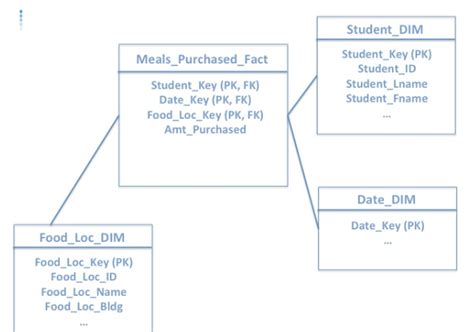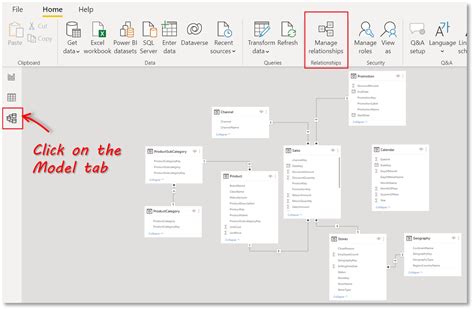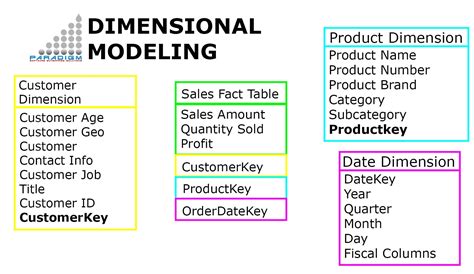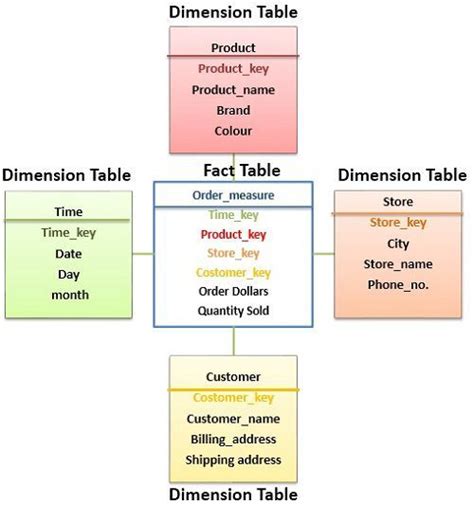When designing a data warehouse, one of the most critical decisions is how to structure the data to facilitate efficient querying and analysis. Two fundamental components of a data warehouse are dimension tables and fact tables. Understanding the differences between these two types of tables is essential for creating an effective data warehouse architecture. In this article, we will delve into the world of dimension and fact tables, exploring their definitions, characteristics, and roles in a data warehouse.
Introduction to Dimension Tables

Dimension tables are a type of table in a data warehouse that contains descriptive information about the data. They are used to provide context to the data in the fact tables, allowing users to analyze the data from different perspectives. Dimension tables typically contain a limited number of rows and are used to describe the attributes of the data, such as time, geography, or product. For example, a dimension table for time might contain columns for date, month, quarter, and year, while a dimension table for geography might contain columns for city, state, and country.
Characteristics of Dimension Tables
Dimension tables have several key characteristics that distinguish them from fact tables. Some of the most important characteristics of dimension tables include:
- Small number of rows: Dimension tables typically contain a limited number of rows, often in the tens or hundreds of thousands.
- Highly descriptive: Dimension tables contain descriptive information about the data, such as text or categorical values.
- Slowly changing: Dimension tables are relatively stable and do not change frequently, with updates typically occurring on a periodic basis.
- Used for filtering and grouping: Dimension tables are used to filter and group data in fact tables, allowing users to analyze the data from different perspectives.
Introduction to Fact Tables

Fact tables are a type of table in a data warehouse that contains measurable data, such as sales, revenue, or website traffic. They are used to store the quantitative data that is used to analyze and report on business performance. Fact tables typically contain a large number of rows and are used to store the detailed data that is used to support business decisions. For example, a fact table for sales might contain columns for sales amount, product, customer, and date.
Characteristics of Fact Tables
Fact tables have several key characteristics that distinguish them from dimension tables. Some of the most important characteristics of fact tables include:
- Large number of rows: Fact tables typically contain a large number of rows, often in the millions or tens of millions.
- Quantitative data: Fact tables contain measurable data, such as numbers or amounts.
- Rapidly changing: Fact tables are frequently updated, with new data added on a regular basis.
- Used for analysis and reporting: Fact tables are used to support business analysis and reporting, providing the detailed data needed to inform business decisions.
| Table Type | Number of Rows | Data Type | Update Frequency | Use Case |
|---|---|---|---|---|
| Dimension Table | Small | Descriptive | Slowly changing | Filtering and grouping |
| Fact Table | Large | Quantitative | Rapidly changing | Analysis and reporting |

Key Points
- Dimension tables contain descriptive information about the data and are used to provide context.
- Fact tables contain measurable data and are used to support business analysis and reporting.
- Dimension tables have a small number of rows, are highly descriptive, and are slowly changing.
- Fact tables have a large number of rows, contain quantitative data, and are rapidly changing.
- Understanding the differences between dimension and fact tables is essential for creating an effective data warehouse architecture.
Best Practices for Designing Dimension and Fact Tables
When designing dimension and fact tables, there are several best practices to keep in mind. Some of the most important best practices include:
- Keep dimension tables small and focused: Dimension tables should contain only the most relevant and descriptive information about the data.
- Use fact tables to store detailed data: Fact tables should contain the detailed, measurable data that is used to support business analysis and reporting.
- Use surrogate keys to join tables: Surrogate keys, such as integers or UUIDs, should be used to join dimension and fact tables, rather than natural keys.
- Optimize fact tables for query performance: Fact tables should be optimized for query performance, using techniques such as indexing and partitioning.
Common Mistakes to Avoid
When designing dimension and fact tables, there are several common mistakes to avoid. Some of the most important mistakes to avoid include:
- Using natural keys to join tables: Natural keys, such as names or dates, should not be used to join dimension and fact tables, as they can lead to data inconsistencies and performance issues.
- Storing unnecessary data in fact tables: Fact tables should only contain the most relevant and necessary data, as storing unnecessary data can lead to performance issues and data bloat.
- Not optimizing fact tables for query performance: Fact tables should be optimized for query performance, using techniques such as indexing and partitioning, to ensure fast and efficient querying.
What is the primary purpose of a dimension table?
+The primary purpose of a dimension table is to provide context to the data in the fact tables, allowing users to analyze the data from different perspectives.
What is the primary purpose of a fact table?
+The primary purpose of a fact table is to store measurable data, such as sales, revenue, or website traffic, that is used to support business analysis and reporting.
How do I optimize fact tables for query performance?
+Fact tables can be optimized for query performance using techniques such as indexing, partitioning, and aggregating data.
Meta description: Learn about the differences between dimension and fact tables in a data warehouse, including their characteristics, uses, and best practices for design and optimization.
